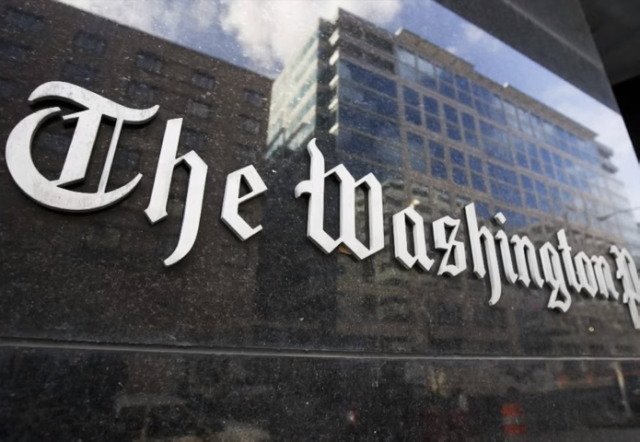The U.S. Postal Service pursued a project to build and secretly test a blockchain-based mobile phone voting system before the 2020 election, experimenting with a technology that the government’s own cybersecurity agency says can’t be trusted to securely handle ballots.
The system was never deployed in a live election and was abandoned in 2019, Postal Service spokesman David Partenheimer said. That was after cybersecurity researchers at the University of Colorado at Colorado Springs conducted a test of the system during a mock election and found numerous ways that it was vulnerable to hacking.
The project appears to have been conducted without the involvement of federal agencies more closely focused on elections, which were then scrambling to make voting more secure in the wake of Russian interference in the 2016 contest. Those efforts focused primarily on using paper ballot so the voter could verify their vote was recorded accurately and there would be a paper trail for auditors — something missing from any mobile phone or Internet-based system.
The secrecy of the Postal Service’s mobile voting project alarmed election security officials and advocates who fear it could spark conspiracy theories and degrade public faith in the democratic process. Those concerns have grown immensely since the 2020 election, bolstered by baseless claims of election fraud by former president Donald Trump and his supporters.
Matt Masterson, who was then a senior adviser to the Cybersecurity and Infrastructure Security Agency and the federal government’s chief liaison to state and local election officials, said he was never aware of the Postal Service program while in office…
…The Postal Service plays no role in administering elections, but is responsible for managing ballots sent by mail, a category that has grown substantially during the past decade. The agency declined to share any long-range plans for the blockchain-based voting system. Such a system might reduce the burden of mail balloting, especially for military voters overseas. But it would also reduce a revenue boost the agency typically gets for election season mail.
The Postal Service was awarded a public patent for the concept in August 2020, but had not previously revealed that it built a prototype system or tested it. The patent application predated the administration of Postmaster General Louis DeJoy, who came under fire from congressional Democrats and election administration experts over mail-slowing procedures implemented in the run-up to the November 2020 vote.
This effort was kept top-secret:
The Colorado researchers were made to sign a nondisclosure agreement that prevented them from identifying the organization that built the prototype voting system, they said. In a paper describing the testing and presented at an academic conference, they said it was built by “a U.S. government organization, that has requested to remain unnamed [and] plays an important role in national elections.”


